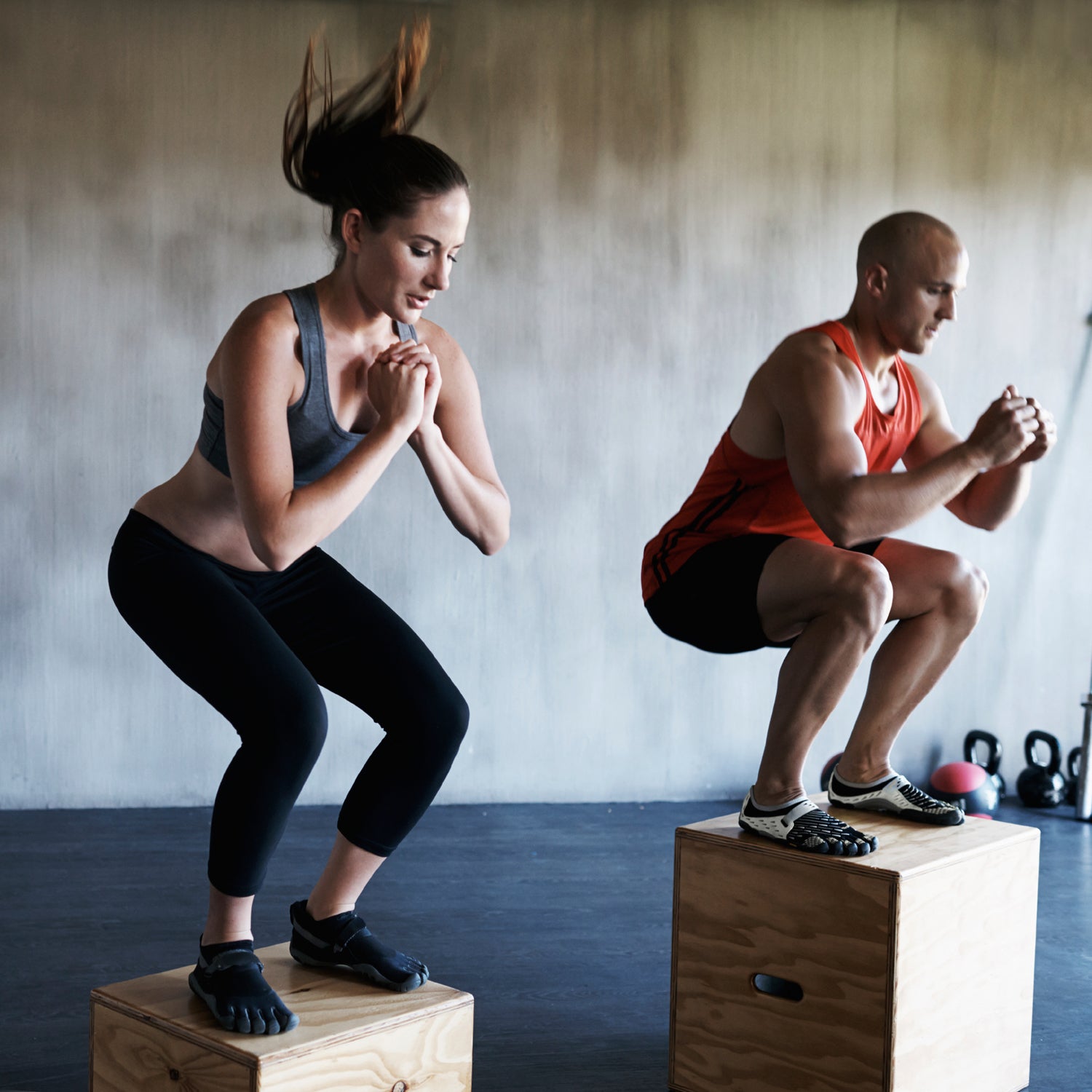Um, no. Any additional caloric burn from your clothing is going to be, at best, negligible—and it may even have a negative impact on your workout.
Take Zaggora, perhaps the most well-known company claiming its workout apparel makes you hotter, thus helping you burn extra calories. Its tops, tights, and capris, which have gotten extensive media coverage, are made with an extra layer of insulation that traps heat during exercise. The fabric is a blend of nylon, polyester, and neoprene, and it feels a bit like wearing a thin, super tight wetsuit.
According to Zaggora, athletes wearing HotPants or Hotwear increase energy expenditure by between six and 11 percent. The company bases this claim on two studies it commissioned in 2011 and 2012. When a group of 10 subjects ran at a constant speed for 30 minutes, those wearing Hotwear burned 9.7 percent more calories than those in standard exercise clothing.
If a 30-minute run burns about 300 calories, then a 9.7-percent increase equates to about 30 extra calories burned. That’s less than two Hershey’s Kisses.
There are several issues with this. For one, those studies haven’t been published in peer-reviewed journals, says , director of the Thermal and Vascular Physiology Laboratory in Dallas. And Zaggora won’t provide further details about the research results or the study methods.
So we don’t know the actual number of calories expended during their experiments. Although, we can estimate that if a 30-minute run burns about 300 calories (10-minute-miles at approximately 100 calories a mile), then that 9.7 percent increase means about 30 extra calories burned. That’s about one and a half Hershey’s Kisses, in case you’re keeping track.
Crandall is even skeptical of these claims. He cites a widely respected by physiologist Larry Rowell, which found that the amount of oxygen a person uses during exercise—one way to measure calories burned—is not affected by exercising in the heat relative to cooler temperatures. The mechanical efficiency of muscles increases when temperature rises, the study concluded, negating any potential heat-related increase in energy expenditure.
“Based upon this classic study, there is no evidence that exercising at a higher heat load will increase the amount of fat one burns,” he says.
Moreover, Crandall adds, there is overwhelming evidence that exercise in hot environments is perceived as being more challenging. “Thus, one would be less likely to exercise as long or as hard while in the heat, resulting in fewer calories being burned relative to exercise in cooler conditions.” (Indeed, that’s who tested the gear herself.)
Here’s the kicker: Zaggora found the same thing. One of the company’s cited studies states that “subjects exercising in Zaggora Hotwear had to exercise at a lower intensity to achieve the same cardio workout as the control group.”
, PhD, assistant professor of kinesiology at Penn State University, points out another potential problem with these types of products: The increased insulation and non-breathable fabric likely limits evaporative cooling from sweat. This means core body temperature goes up, and the wearer sweats even more to try to cool off—the same reason we feel hotter on humid days when our sweat won’t dry.
“This in turn would cause water weight loss,” she says. “In this case it would be very similar to having a wrestler exercise in a rubber suit or a sauna to cut weight—and this can be dangerous when taken to extremes.” (To be fair: Zaggora’s website does recommend staying hydrated while wearing Hotwear.)
Bottom line: Claims that warm clothing helps you burn extra calories aren’t supported by most of the scientific evidence. Instead of making your workout hotter and more unbearable, wear something comfortable so you can reap all of exercise’s benefits the old-fashioned way: by working longer and harder.


